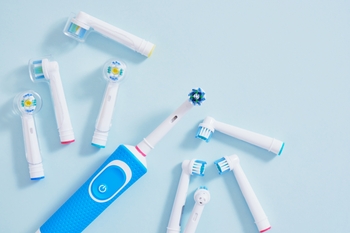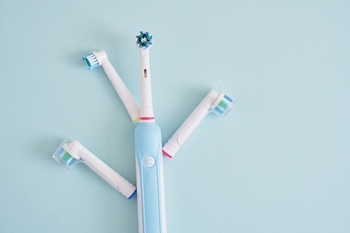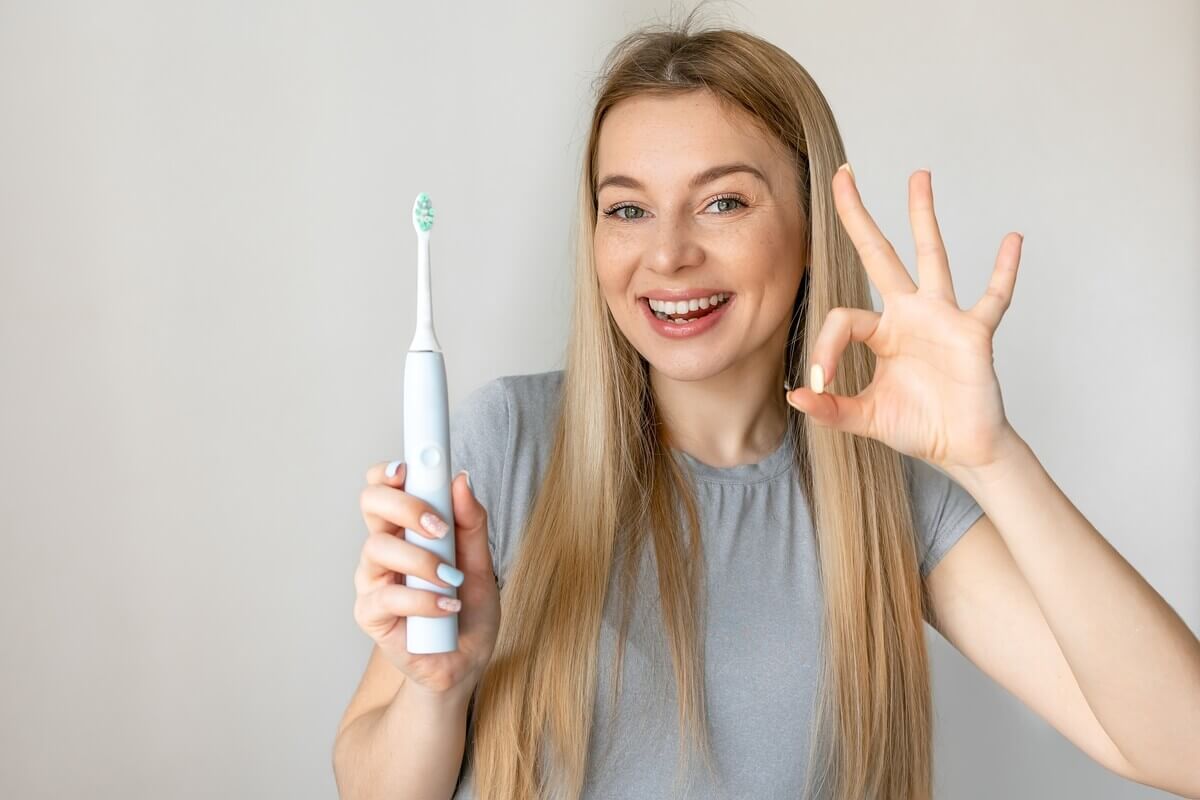Maintaining good oral hygiene is a priority; for many, an electric toothbrush is a trusted ally in this quest. But the question arises: should you invest in an electric toothbrush cover? Let’s explore the reasons why you might not need one.
Dispelling The Myth: Electric Toothbrushes And Covers

With their advanced features and efficient cleaning capabilities, electric toothbrushes are designed to make your dental care routine easier. The need for a cover, however, is often misunderstood. Let’s delve into some prevalent misconceptions regarding toothbrush covers.
Myth #1: Covers Prevent Bacterial Growth
Contrary to popular belief, covers may contribute to bacterial growth by creating a damp environment. Modern electric toothbrushes are designed to combat this, and covering them might hinder their self-drying mechanisms.
Myth #2: Covers Keep The Bathroom Environment Clean
Electric toothbrushes are built to withstand the bathroom environment. Covers can trap moisture, making them a breeding ground for bacteria. It’s better to let your toothbrush air dry between uses.
Myth #3: Covers Extend The Lifespan Of Your Toothbrush
Electric toothbrushes are durable and built to last. Using a cover may limit airflow, causing the brush head to deteriorate faster. Let your toothbrush breathe for longevity.
While covers may seem like a good idea to protect your toothbrush from bathroom germs, electric toothbrushes are specifically designed with hygiene in mind. Most models come with self-sanitising features, making covers unnecessary.
Understanding The Features Of Electric Toothbrushes
To appreciate why a cover may not be necessary, let’s explore the key features of electric toothbrushes.
Self-Sanitising Technology
Many electric toothbrushes come equipped with self-sanitising technology. After each use, they go through a drying cycle that eliminates bacteria. This advanced feature minimises the need for additional covers.
Bristle Design For Efficient Cleaning
The bristle design of electric toothbrushes is carefully crafted for optimal cleaning. Covers could potentially disrupt the alignment of the bristles, compromising their effectiveness.
Pressure Sensors For Gentle Brushing
Many modern electric toothbrushes are equipped with pressure sensors. These sensors detect if you’re applying too much force during brushing and alert you to ease off, preventing potential damage to your teeth and gums.
Timers For Optimal Brushing Duration
Maintaining proper brushing duration is crucial for effective oral care. Electric toothbrushes often include timers that ensure you brush for the recommended two minutes, evenly distributing your attention to different sections of your mouth.
Various Cleaning Modes
Electric toothbrushes offer multiple cleaning modes to cater to different oral care needs. Whether you need gentle cleaning, intense polishing, or sensitivity care, these modes enhance your brushing experience, adapting to your preferences.
Caring For Your Electric Toothbrush: Tips For Prolonged Use
While a cover might not be necessary, proper care for your electric toothbrush is crucial for its longevity and effectiveness.
Cleaning Your Electric Toothbrush
Regularly clean the brush head, handle, and charging base with a damp cloth. Avoid immersing the entire unit in water, which could damage the internal components.
Storing In A Dry Area
After use, store your electric toothbrush in a dry area. A well-ventilated spot in your bathroom allows it to air dry naturally, preventing the growth of bacteria. Also, if you plan to store your electric toothbrush for an extended period, consider removing and storing the brush head separately. This prevents moisture buildup and extends the life of the device.
Avoiding Dishwasher Mishaps
Never attempt to clean your electric toothbrush in the dishwasher. The high-pressure water and heat can reach the delicate electronic components and damage them. Stick to manual cleaning methods.
Regularly Checking Battery Life
Keep an eye on your electric toothbrush’s battery life. Regularly charging it and avoiding complete discharges helps maintain great performance.
Replacing Brush Heads On Schedule
Most manufacturers recommend replacing the brush head every three to four months. This ensures effective cleaning and prevents the growth of bacteria on worn-out bristles.
Frequently Asked Questions

Do I need a cover for my electric toothbrush?
In most cases, no. Electric toothbrushes are designed with self-sanitising features, eliminating the need for additional covers. Opting for air drying between uses is generally sufficient for this product.
Can a toothbrush cover prevent bacteria growth?
Contrary to common belief, covers may contribute to bacterial growth by creating a damp environment. Modern electric toothbrushes are designed to combat this, and covering them might hinder their self-drying mechanisms.
Are there any benefits to using an electric toothbrush cover?
While some may prefer covers for travel or personal preference, most electric toothbrushes are designed to function optimally without covers. Using a cover may limit airflow, potentially affecting the device’s longevity.
How should I clean my electric toothbrush?
Clean the brush head, handle, and charging base regularly with a damp cloth. Avoid immersing the entire unit in water, which could damage internal components. Never attempt to clean it in a dishwasher.
What features should I search for when buying an electric toothbrush?
When buying an electric toothbrush, look for self-sanitising technology, pressure sensors, timers, and various cleaning modes. Consider using website filters on the page related to electric toothbrushes to find items in stock that match your preferences, such as colour options. Also, review feedback for informed decisions as you choose your desired price.
Can I share my electric toothbrush with family members at home?
While sharing the handle is possible, using separate brush heads is recommended for hygiene reasons. Most electric toothbrushes come with easily replaceable brush heads.
How long do electric toothbrushes usually last?
With proper care, an electric toothbrush can last for several years. Regularly check the battery life, replace brush heads every three to four months, and follow manufacturer recommendations for longevity.
Embracing Effective Electric Toothbrush Care
When pursuing optimal oral hygiene, understanding the nuances of electric toothbrush care is crucial. While the need for an electric toothbrush cover may seem plausible, the advanced features of modern electric toothbrushes often render them unnecessary. Embrace the advanced features, personalise your order, and make your electric toothbrush a trusted companion in your daily dental routine.
Contact Infinity Dental Care, Winston Hills, NSW 2153, at (02) 9159 6237 to learn more about electric toothbrushes from a dental expert.
Sources
Benefits and Features of an Electric Toothbrush. www.colgate.com.au/oral-health/selecting-dental-products/the-best-electric-toothbrush-technology-meets-teeth-1116.
“Five Common Misconceptions About Power Toothbrushes.” Registered Dental Hygienists, 27 Dec. 2015, www.rdhmag.com/career-profession/personal-wellness/article/16408454/five-common-misconceptions-about-power-toothbrushes.
“How to Clean Your Oral-B Toothbrush.” Oral-B, oralb.com/en-us/oral-health/why-oral-b/electric-toothbrushes/how-to-clean-electric-toothbrush.
Percival, Nicole. “What to Look for When Buying an Electric Toothbrush.” Wise Living Magazine, 3 Aug. 2022, wiselivingmagazine.co.uk/health/wellbeing/what-to-look-for-when-buying-an-electric-toothbrush.

